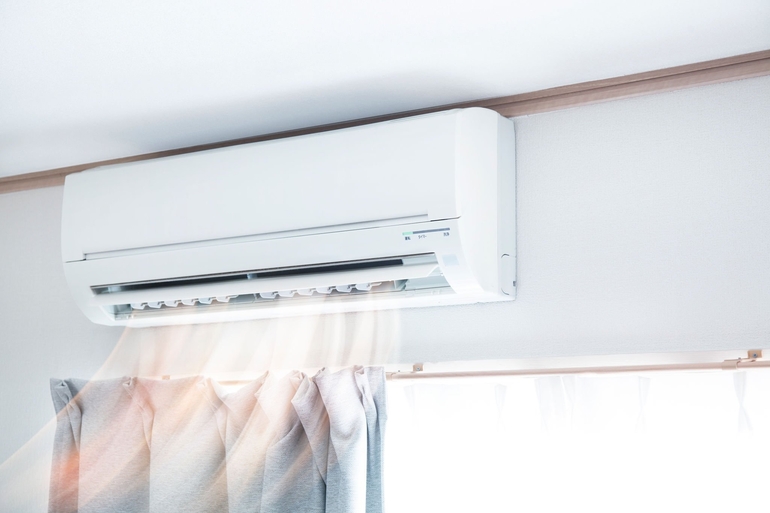
In the sweltering summer months, air conditioners are necessary to keep a house or business cool and comfortable. It can be annoying and uncomfortable when an air conditioner fails. It's crucial to realize that many typical air conditioner problems can be fixed without the assistance of a qualified HVAC technician.
In this guide, we'll show you step-by-step how to diagnose and fix a variety of common AC issues, including those involving the thermostat, air filter, condenser coils, and more. By taking these actions, you may avoid paying for expensive repairs and guarantee that your air conditioner is operating at its best.
This is a more thorough procedure for resolving common air conditioner problems:
The thermostat
The thermostat may be malfunctioning if the air conditioner won't start. Verify that the thermostat is operating properly and is set to the desired temperature. Replace the batteries in the thermostat or replace them if it isn't working.
The air filter
A dirty or clogged air filter can restrict airflow and make the air conditioner work harder than it has to. Check the air filter and clean or replace it as necessary. If the filter is clogged, take it out and replace it with a new one.
The condenser coils
The accumulation of dirt or debris may reduce the condenser coils' effectiveness on the outside of the air conditioner. To clean the coils, use a coil cleaner and a soft-bristled brush. If the coils are broken, they might need to be replaced.

The refrigerant levels
Low refrigerant levels could cause warm air to be pushed out of the air conditioner. Check the amounts of refrigerant and, if more is needed, add it while taking the necessary precautions. If you don't feel confident doing this, it's advisable to hire an experienced HVAC specialist.
The fan blades
The air conditioner may vibrate or generate noise if the fan blades are bent or damaged. The fan blades should be examined, and if necessary, replaced. The fan motor may need to be changed if it is not functioning.
The circuit breaker
Check the circuit breaker to make sure it hasn't tripped if the air conditioner won't turn on. If it has, try again to turn on the air conditioner after resetting the breaker.
The condensate drain
A condensate drain may overflow and cause damage to the air conditioner. Clean the drain line and the pan to prevent this from happening. If the drain line is clogged, use a wet/dry vacuum to suck out the impediment.











